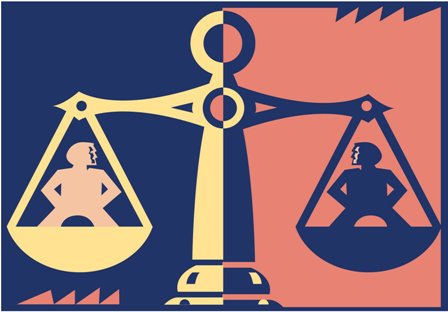This article, The Hijacking of Arts Education, was forwarded to me by my friend Andy Wolf, who just wrote this terrific and important piece for the NY Daily News urging New York State to forgo applying to Race to the Top.
The first piece, the hijacking piece, which strikes me as a sort of way out there, Joe McCarthy world view where art education is being infiltrated by communists, is just the sort of thing that could end up in the hands of a right wing opposed to funding for the arts, including the NEA, NPR, PBS, CPB, etc. It goes so far as to attack Maxine Greene, making her appear like the second coming of Alger Hiss:
Greene Grants of up to $10,000 are awarded to teachers who “go beyond
the standardized and the ordinary”; artists “whose works embody fresh
social visions”; and
individuals “who radically challenge or alter the public’s imagination
about social policy issues.” The 2008 grantees included the Education
for Liberation
Network–whose 2007 conference, entitled “Free Minds, Free People: A
Conference on Education for Liberation,” bore the following slogan on
its program cover: “If
education is not given to the people, they will have to take it.”
‘Nuff said, but still, worth a fast read.
Okay, moving right along. What this did remind me of, was an issue I have wanted to address since last fall, being the very odd disconnect between those interested in arts and social justice, and the field of arts education.
At the Grantmakers in the Arts preconference last fall in Brooklyn, among the day-long sessions was a track for arts education and a track for arts and social justice.
When the facilitator for the afternoon arts education session, Eric Zachary, Annenberg Institute for School Reform, Director of Community Organizing and Engagement/New York City, learned that there was a separate track for arts and social justice, he appeared puzzled and asked: isn’t this social justice? My answer: indeed, welcome to the arts field.
Okay, just in case you think I don’t get the issue of arts and social justice, I think I have a decent handle on it. People are interested in this because arts have always had a role in this area, giving voice to issues, serving as a means of binding together a community, etc. And, for many, making deeper connections to social issues and the arts field appears to be a very direct way to connect arts, an often challenged field when it comes to community relevance, directly to grass roots issues and those working on the ground.
But hey folks, kids in urban centers being denied the rights by law and as human beings to a well rounded education that includes the arts is clearly a social justice issue, particularly when you consider how this all breaks along socio-economic and racial lines.
So, perhaps, when people are looking to connect the arts more to social justice, they might just look in their very own backyard so to speak, arts education, and ask what they can do to help.




I can’t believe a guy who runs a center in NYC for arts education would extract the paragraph out of a very long and complex article. It’s misleading and shows you really did not read the article, or you are easy to dismiss her main point–which is Where is the ART in art education?
You live in a city of many museums, artists and art works. Kids need encounters with all of these. And, they need experiences making objects and images-not being little social activists as prescribed by the distorted views of social justice art educators. And some of these so-called social justice art educators wouldn’t stand up for injustice if it was right in front of them. So let’s not call Ms. Marder Kamhi MCarthylike. This comment is most uncivil, reeks of intolerance, bullying, and a lack of understanding of what’s going on in the field of visual art education.
Hi Arlover. I extract when I don’t have permission to post due to copyright.
I stand by the McCarthy-like comment, as I stand by my friend Maxine Greene, whose work has been distorted through what is in effect an ad hominem attack by Marder Kamhi.
And, like it or not, this is a blog that at its core is a vehicle for opinion. And in my opinion Ms. Kamhi’s attack on Maxine Greene for the purposes of trying to expose a radical agenda within art education is quite the red herring.
I am glad to post your opinion in dissent.
Thank you for your reply to my post. Marder-Kamhi’s criticisms are about educators, who in her estimation, have hijacked the field of art education with theories of ‘liberation’ She questions this aim. Again, her main point is where is the ART in art education within this discourse of liberation. And her question is important in a time where there are few within the field of art education challenging the aims of social justice, and if they do, they are attacked–rather than ENGAGED in further discourse. In our challenging times with inadequate and unequal funding for arts programs, and kids in need of greater connection to self and community, the role and purpose of arts education is a central issue for all educators, policy makers and those who care about our nation’s future. I don’t think liberation is a viable and realistic aim for art education particularly K-5 education and I think more debates on the role(s) and purposes for art(s) education needs to occur. (words in caps for emphases only).